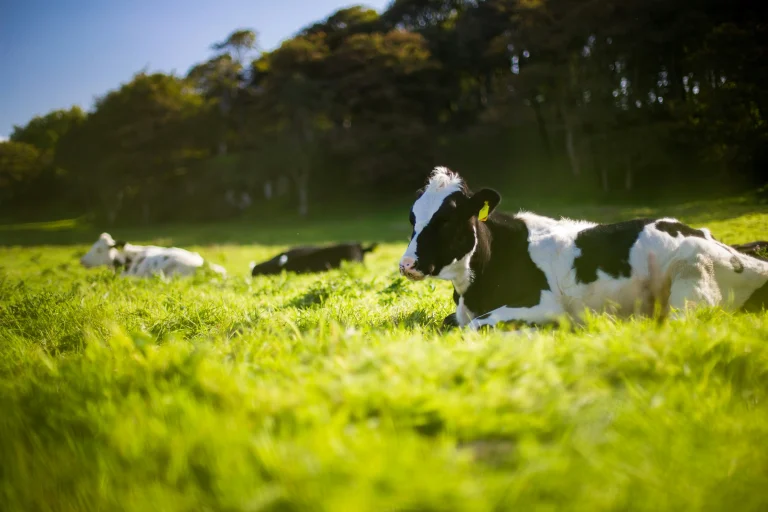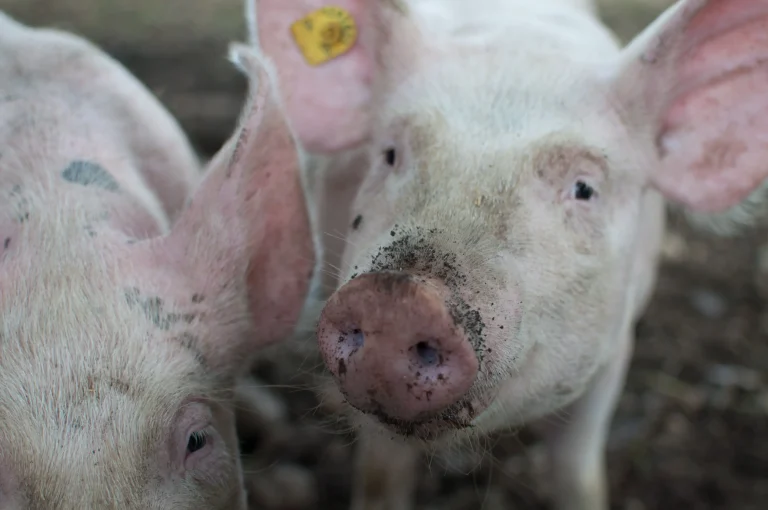Regenerative agriculture is increasingly promoted as a pathway to reversing soil degradation, improving biodiversity and creating more resilient farming systems. But the term is often used loosely, and the practical application varies widely between regions and production systems.
At its core, regenerative agriculture refers to farming practices that restore ecological function rather than merely limiting damage. In this Q&A, Farming Future Food looks at what that means in practice – and, crucially, which technologies are already being used to put it into effect in arable and livestock systems around the world.
How is regenerative agriculture defined?
There is no single regulatory definition, but most frameworks focus on practices that improve soil health, increase biodiversity and enhance ecosystem function over time. That includes minimising tillage, keeping soil covered, using diverse crop rotations, integrating livestock and reducing reliance on synthetic inputs. The common thread is that the farming system is managed in a way that restores natural processes rather than simply maintaining yields with external inputs.
Is it just another term for sustainable or organic farming?
No. While all three approaches aim to reduce environmental impact, regenerative agriculture is specifically focused on restoring and rebuilding ecological processes. Organic farming, for example, restricts the use of synthetic inputs, but can still rely on cultivation or monoculture. Sustainable farming aims to minimise harm, whereas regenerative systems are designed to actively improve soil structure, nutrient cycling and biodiversity over time.
What role does agtech play in regenerative systems?
Regenerative farming is heavily knowledge dependent, and much of the current uptake relies on access to better measurement and decision-support tools. Technologies currently being used include satellite and drone-based soil mapping; variable-rate application systems to reduce fertiliser use; robotics for low-impact weed control; and microbial and biological inputs to enhance soil function. Several producers also use digital monitoring tools to measure changes in soil carbon and biological activity over time.
Are there any regional differences in how regenerative practices are applied?
Yes. In the United States and Australia, large-scale regenerative arable systems often place strong emphasis on cover crops and reduced tillage. In Europe, regenerative approaches are more commonly built around mixed rotations, field margins and lower-input management. In South America, regenerative grazing methods – such as adaptive multi-paddock grazing – are being used to improve grassland resilience and increase carbon storage in degraded soils.
How long does it take to see benefits?
That depends on soil type, climate and the practices introduced. In dryland arable systems, measurable improvements in soil organic matter can take anywhere from three to ten years. Grazing systems may see improvements sooner if plant diversity and rest periods are increased. A key factor is continuity: regenerative systems typically require multi-year transition plans, and the benefits tend to accrue gradually rather than immediately.
Is regenerative agriculture commercially viable at scale
In some cases it already is – particularly where input costs are high and soils are degraded. However, the transition phase can involve short-term yield reductions or higher management costs. Many producers who adopt regenerative practices cite long-term resilience and reduced input dependency (rather than short-term margin gain) as core drivers. Several food and fibre supply chains – including beef, wheat and cotton – now have contracts that pay premiums for verifiable regenerative outcomes, which is accelerating adoption in some regions.
FAQ
What is regenerative agriculture?
Regenerative agriculture is a management approach designed to restore soil health, increase biodiversity and improve ecosystem function over time. Unlike systems that focus purely on reducing harm, it aims to actively rebuild ecological processes.
Is regenerative farming the same as organic farming?
No. Organic farming restricts synthetic inputs, but it does not necessarily use practices that restore soil function. Regenerative agriculture places specific emphasis on techniques, such as cover cropping and reduced tillage, that rebuild natural processes.
Key takeaways
- Regenerative agriculture focuses on restoring soil and ecosystem function, rather than simply reducing environmental damage.
- It differs from organic and sustainable farming by placing long-term ecological improvement at the centre of production decisions.
- Adoption is increasingly being supported by agtech tools, including soil and crop monitoring technologies, variable-rate inputs and biological soil amendments.
- The practical application of regenerative methods varies between regions and farming systems but commonly involves reduced tillage, cover crops and more diverse rotations or grazing patterns.
- While short-term costs or yield impacts can occur during transition, regenerative systems are often driven by long-term resilience, reduced input dependency and emerging market demand for verified practices.
Want to read more stories like this? Sign up to our newsletter for bi-weekly updates on sustainable farming and agtech innovation.











